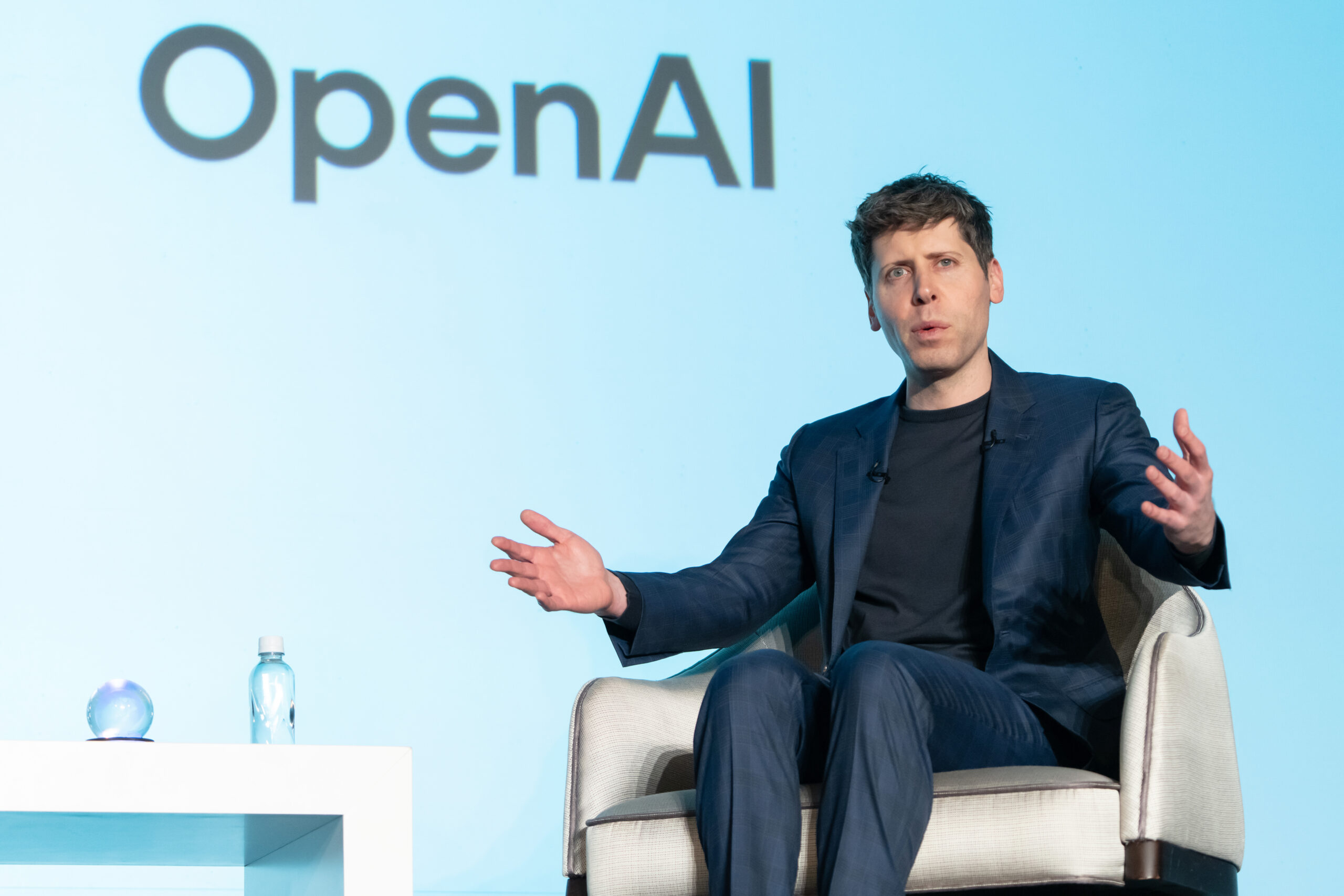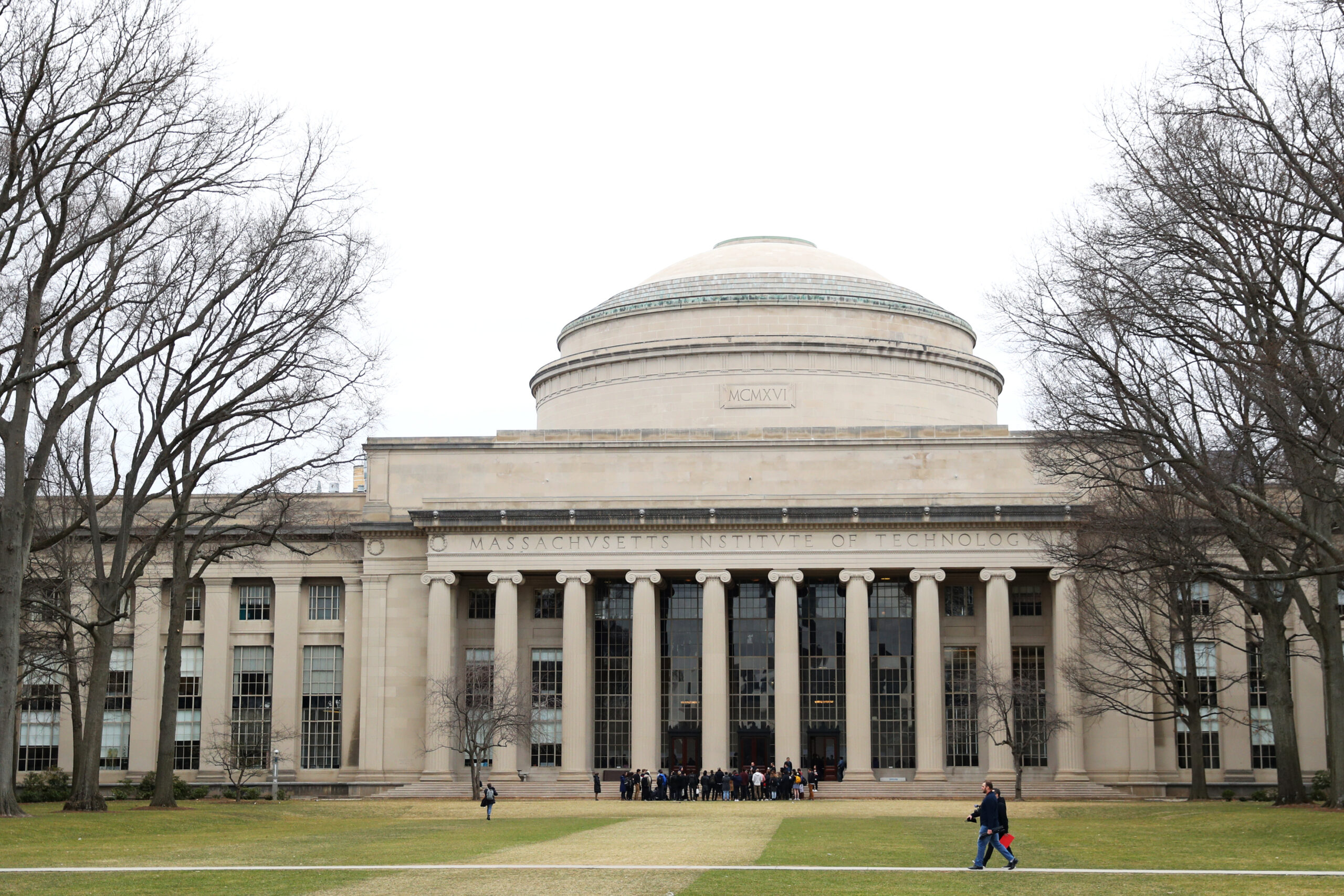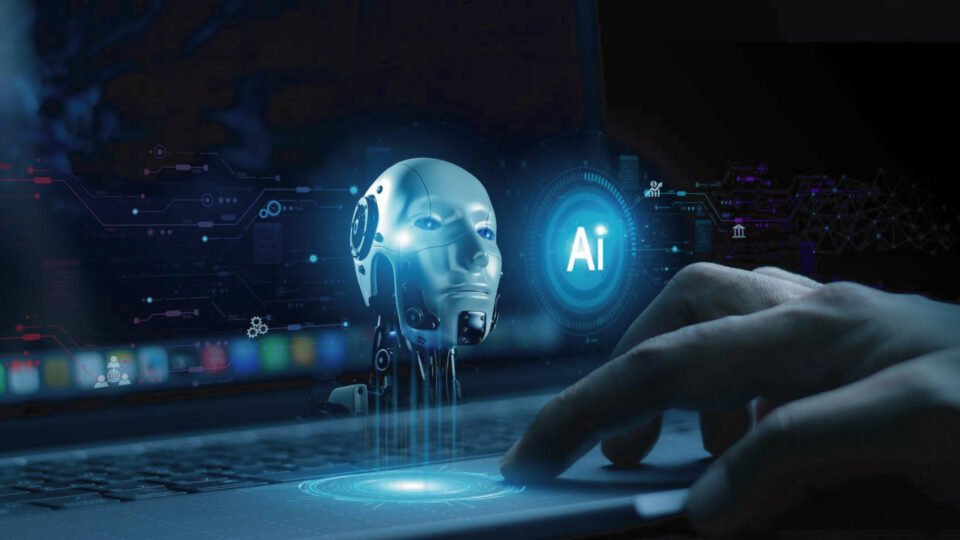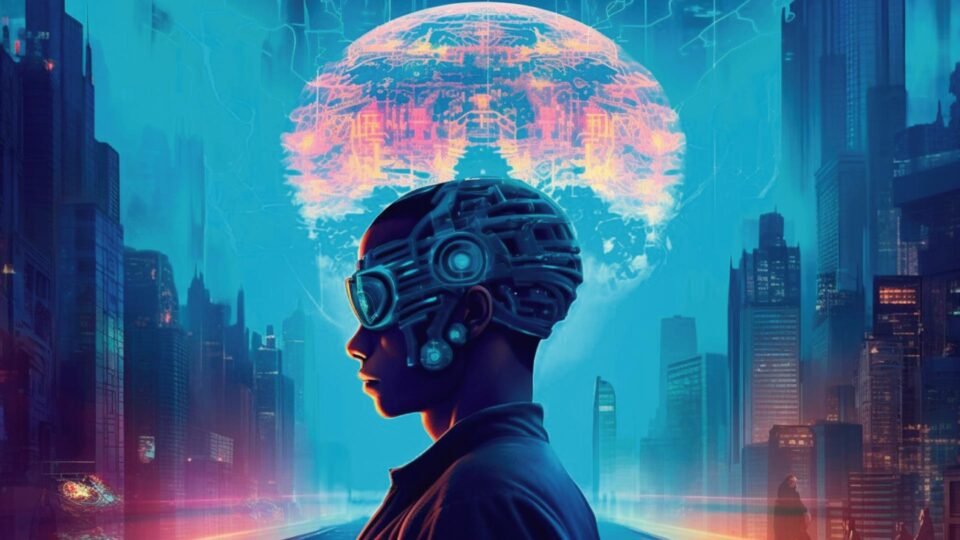OpenAI has taken a significant step into the robotics sector by filing a trademark application for humanoid robots with advanced communication and learning capabilities.
OpenAI’s Ambitious Robotics Vision
The trademark application, filed on January 31, suggests that OpenAI is looking to expand its AI dominance into the physical world. The filing includes a variety of AI-powered robotic products, most notably humanoid robots designed for assisting and entertaining users.
Beyond humanoid robots, OpenAI is also exploring a wide range of AI-related technologies, including high-performance computing, data center operations, wearable AI devices, and virtual and augmented reality tools. This signals a broader push to integrate AI into both digital and physical applications.
Building a Robotics Team
To support its robotics ambitions, OpenAI has started hiring for new roles in its robotics division. Positions such as mechanical product engineer and senior research engineer indicate a focus on developing general-purpose robotics that could potentially achieve AGI-level intelligence.
This move aligns with OpenAI CEO Sam Altman’s recent statements about the company’s direction. He has emphasized that AI is on the verge of revolutionizing the workforce, with the potential for AI agents to significantly enhance productivity.
Superintelligence and the Next Frontier
OpenAI’s exploration of robotics ties into its broader mission to push the boundaries of artificial intelligence. Altman has suggested that the company is now shifting its attention beyond AGI to developing true superintelligence. He believes that superintelligent AI could accelerate scientific discovery and technological innovation at an unprecedented scale.
Expanding AI’s Reach
In addition to robotics, OpenAI’s trademark application lists more than 70 new products spanning AI hardware, software, and enterprise solutions. These include data processing units for AI, AI-powered assistants, and advanced neural network models.
This development follows ongoing efforts by organizations worldwide to shape the future of AI. For instance, initiatives like the MIT Generative AI Consortium are working to ensure AI advancements are aligned with ethical and technological best practices.
What’s Next for OpenAI?
While OpenAI’s plans for deploying humanoid robots remain unclear, this trademark application solidifies its intent to be a major player in the robotics industry. As the company continues to hire top talent and expand its AI ecosystem, the prospect of AI-powered robots entering everyday life is becoming increasingly tangible.
The AI and robotics industries are evolving rapidly, and OpenAI’s latest move suggests that the integration of intelligent machines into society may happen sooner than expected.






